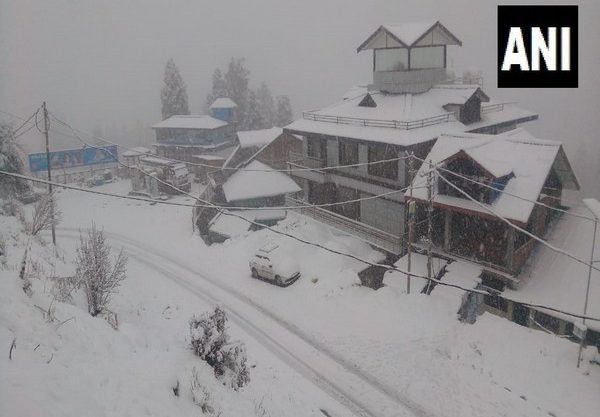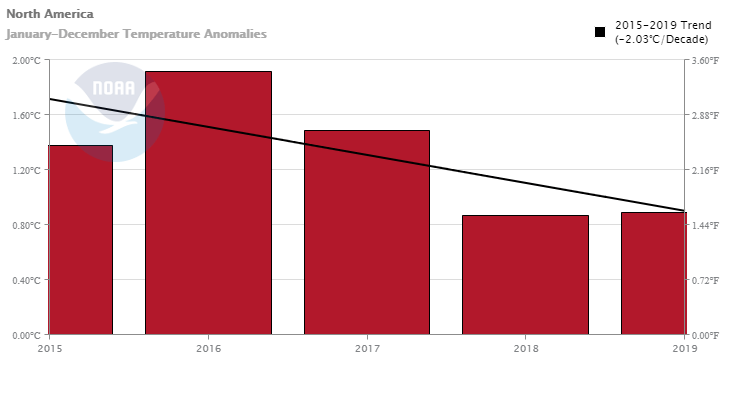As originally reported by sify.com, the city of Shimla, Himachal Pradesh was greeted with a fresh spell of snow and sub-zero temperatures on Thursday, November 26 (see featured image), with Keylong district clocking the northern state's lowest temperature, a nippy -2.6C (27.3F).
District authorities have now commenced snow-clearing operations at the Kharapathar-Shimla highway as drifts totaling many feet blocked key passes.
Waltair and Chandigarh record their lowest-maximum November temperatures for 11 and 10 years, respectively
In the southern port city of Waltair (aka Vizag or Visakhapatnam) cold winds blowing down from the snow-laden north drove the mercury to a daytime high of just 18.4C (65F).
Temperature is relative, of course, and while a maximum of 65F may be deemed a balmy November day for most across the Northern Hemisphere, in Vizag it was actually the lowest-max November reading of the past 11 years, and just shy of city's the all-time low of 63.7F set back in 1975 (solar minimum of cycle 20).
This year's "cold" has also continued the cooling trend seen over the past few years, since the let-up of 2015/16 record strong El Niño.
The same can also be said in Chandigarh, the capital of the northern Indian states of Punjab and Haryana, where a low-max of 19.2C (66.6F) on Nov 25 went down as the city's first sub-20C November high since at least 2009 (solar minimum of cycle 23).
The graphic below shows Chandigarh's lowest-maximum November temperatures since 2010. What it reveals is that the city has cooled sharply since 2016, a reality that again correlates with the end of 2015/16's record strong El Niño, but also with the historically low solar activity Earth has been receiving of late, as well as with the recent switch to El Niño's colder counterpart, known as La Niña.
![Click to enlarge Lowest-Maximum November Temperatures in Chandigarh [India Meteorological Department].](/image/s29/591183/BB1bmi8b.jpg)
Using the same data tool NOAA cites in its latest report (released Jan, 2020) as well as the same 5-year time-frame, it is revealed that temperatures in North America declined at a rate of 2.03C per decade between 2015-2019:
This is a monster drop in temps, one 29-times Earth's official average rate of increase since 1880 according to the NOAA report: "The global annual temperature has increased at an avg. rate of 0.07C (0.13F) per decade since 1880."





Reader Comments
to our Newsletter